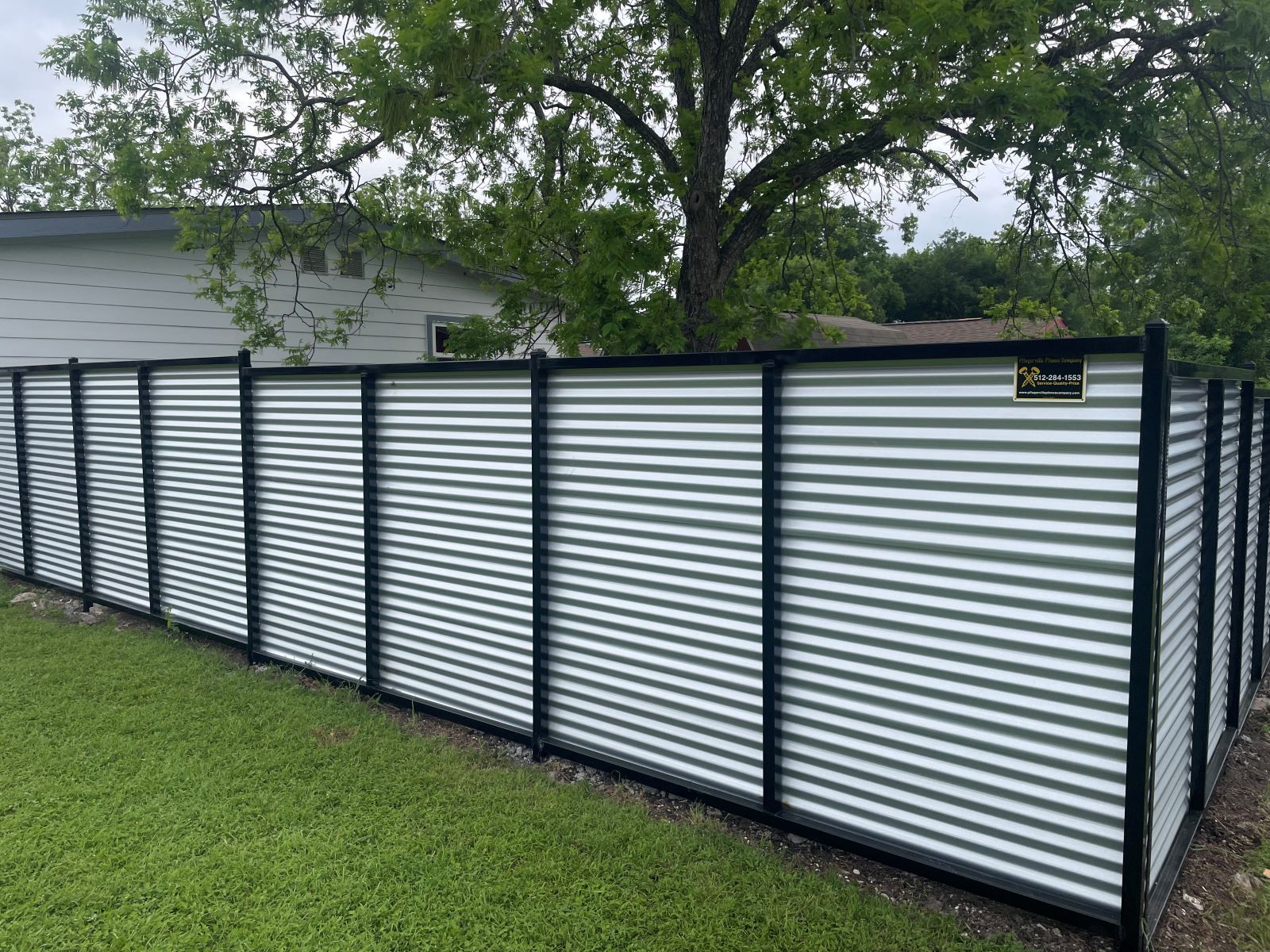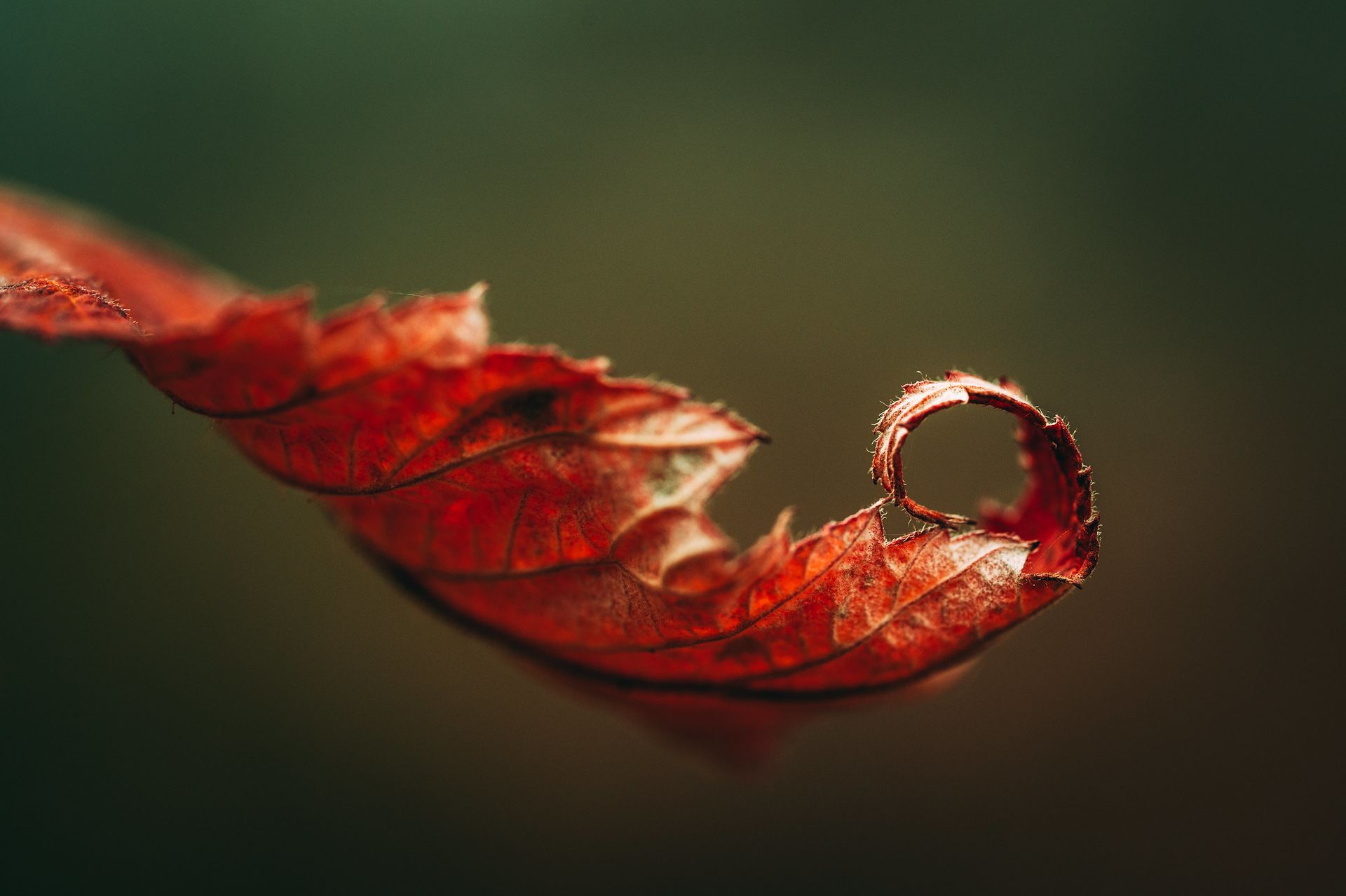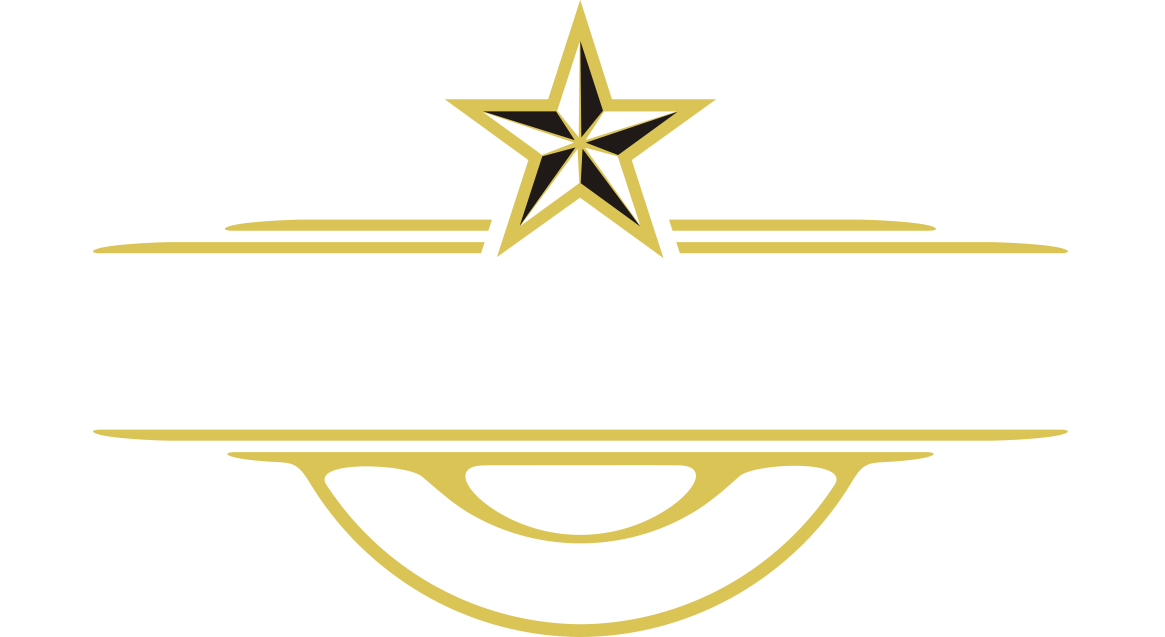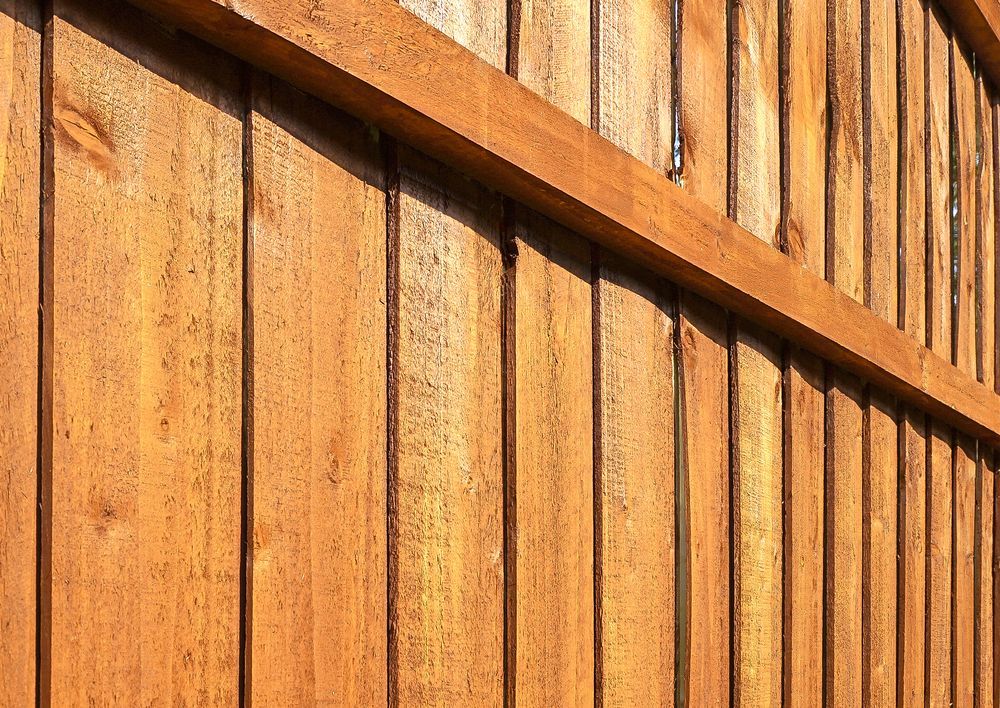Types of Wood for Fencing: Choosing the Best Option for Your Yard
A wooden fence adds charm, privacy, and security to any property, but choosing the right type of wood is crucial for longevity and aesthetics. Some woods naturally resist decay and pests, while others may require extra treatment and maintenance. In this post, we’ll explore the most popular types of wood for fencing—cedar, pine, and redwood—and their unique properties.
1. Cedar: The Durable and Naturally Resistant Choice
Cedar is one of the most popular woods for fencing, and for good reason. It has natural oils and tannins that make it resistant to insects, decay, and rot. Unlike some other types of wood, cedar doesn't require chemical treatments to maintain its durability.
Pros of Cedar Fencing:
✅ Naturally resistant to pests and decay
✅ Doesn’t warp or shrink easily
✅ Beautiful reddish-brown color with a pleasant aroma
✅ Can last
15–30 years with proper maintenance
Cons of Cedar Fencing:
❌ Higher upfront cost than pine
❌ Requires occasional sealing or staining to maintain color
❌ Can gray over time if left untreated
Best Use Cases for Cedar:
Cedar is ideal for homeowners looking for a long-lasting, low-maintenance fence with a natural look. It's especially great in humid or rainy climates where resistance to moisture and pests is important.
2. Pine: The Budget-Friendly and Versatile Option
Pine is another common choice for fencing, often because it is affordable and widely available. Unlike cedar, pine needs to be pressure-treated to protect it from moisture, rot, and insects. Treated pine fences can last a long time and are a great option for those on a budget.
Pros of Pine Fencing:
✅ More affordable than cedar and redwood
✅ Pressure-treated versions resist rot and pests
✅ Can be painted or stained easily
✅ Can last
15–20 years with proper care
Cons of Pine Fencing:
❌ Softer wood that can be prone to warping or shrinking
❌ Requires pressure treatment to improve durability
❌ Needs regular maintenance and sealing
Best Use Cases for Pine:
Pine is perfect for homeowners who want a cost-effective fence that can be stained or painted to match their home. It’s also a great option for large properties where affordability is a priority.
3. Redwood: The Premium and Long-Lasting Choice
If you're looking for beauty and durability, redwood is one of the best fencing materials available. Similar to cedar, it has natural oils that resist pests and decay, but it also boasts a rich, deep red color that many homeowners love.
Pros of Redwood Fencing:
✅ Naturally resistant to insects and rot
✅ Stunning appearance with deep red hues
✅ Extremely durable, lasting
20–40 years
✅ Less prone to warping compared to pine
Cons of Redwood Fencing:
❌ Expensive, often more than cedar or pine
❌ Requires sealing to maintain color and prevent graying
❌ Availability may vary depending on location
Best Use Cases for Redwood:
Redwood is best for homeowners who want a premium, long-lasting fence that enhances the beauty of their property. It's especially well-suited for high-end landscaping and coastal areas where durability is a must.
Final Thoughts:
When selecting the right wood for your fence, consider your budget, climate, and maintenance preferences:
- Choose cedar if you want a naturally durable, mid-range option with minimal upkeep.
- Opt for pine if you need an affordable solution that can be customized with paint or stain.
- Invest in redwood if you’re looking for the most premium and long-lasting wood.
No matter which wood you choose, regular maintenance—such as
sealing, staining, and occasional repairs—will extend the life of your fence and keep it looking beautiful for years to come.
















